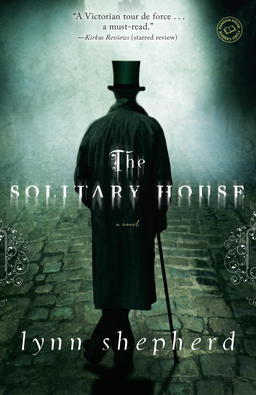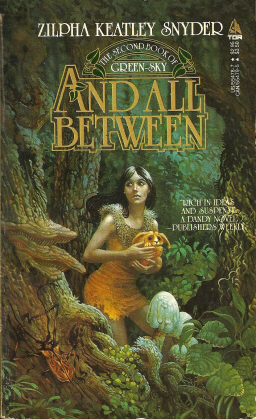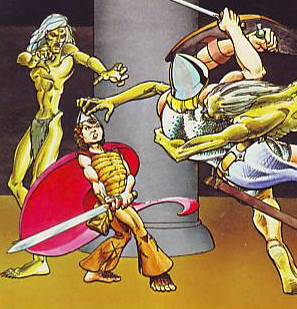En Garde!
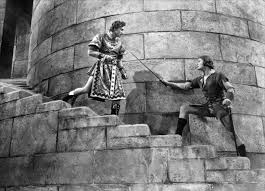 A few weeks ago, my colleague Jon Sprunk gave us a marvelous post on the weapons of fantasy. Like Jon, the weapons were very much what attracted me to fantasy in the first place. But I loved swords and sword fighting before I ever picked up my first fantasy novel (The Lion the Witch and the Wardrobe, in which, by the way, the tradition of named weapons is followed with Peter’s sword Rhindon).
A few weeks ago, my colleague Jon Sprunk gave us a marvelous post on the weapons of fantasy. Like Jon, the weapons were very much what attracted me to fantasy in the first place. But I loved swords and sword fighting before I ever picked up my first fantasy novel (The Lion the Witch and the Wardrobe, in which, by the way, the tradition of named weapons is followed with Peter’s sword Rhindon).
I’m not sure what got Jon started off, but what attracted me to sword fighting, and prepared me for the fight scenes in my favourite genre, were movie sword fights, beginning particularly with those in Errol Flynn’s Captain Blood and The Adventures of Robin Hood.
It was from this last movie that I also gained my life-long love of archery, and the great archer Howard Hill, who did all the trick shots for Flynn, including the iconic splitting of the arrow.
Flynn did do all his own fencing in the films, but unlike his frequent opponent and co-star, Basil Rathbone, he didn’t take it up as a sport.
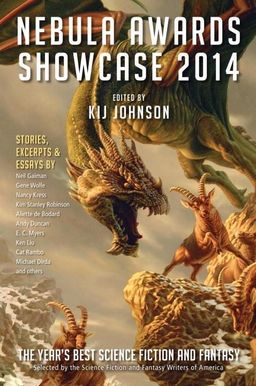
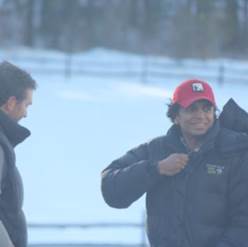
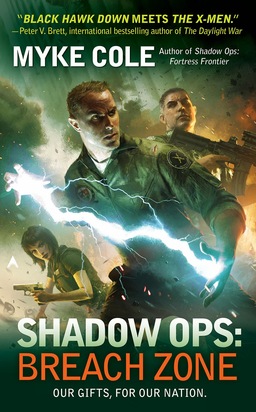
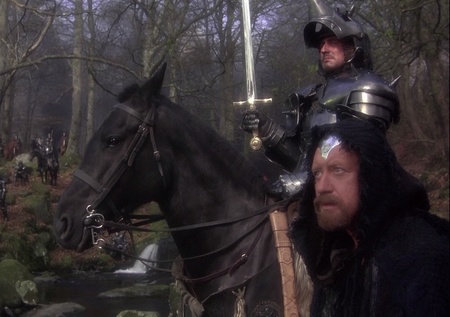
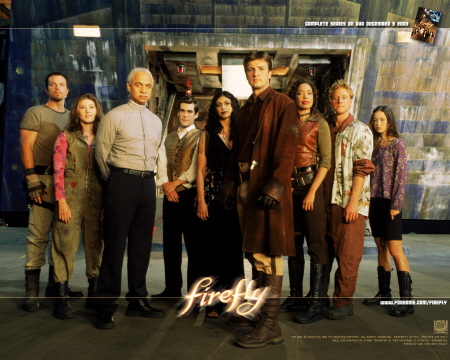
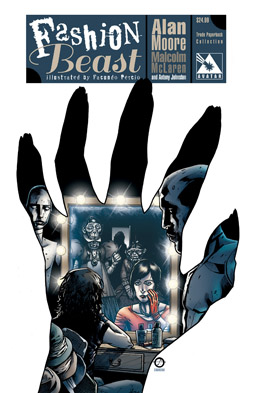 It seems like one of those creative pairings that could only happen in comics. Odd, then, that it was originally planned to be a film.
It seems like one of those creative pairings that could only happen in comics. Odd, then, that it was originally planned to be a film.